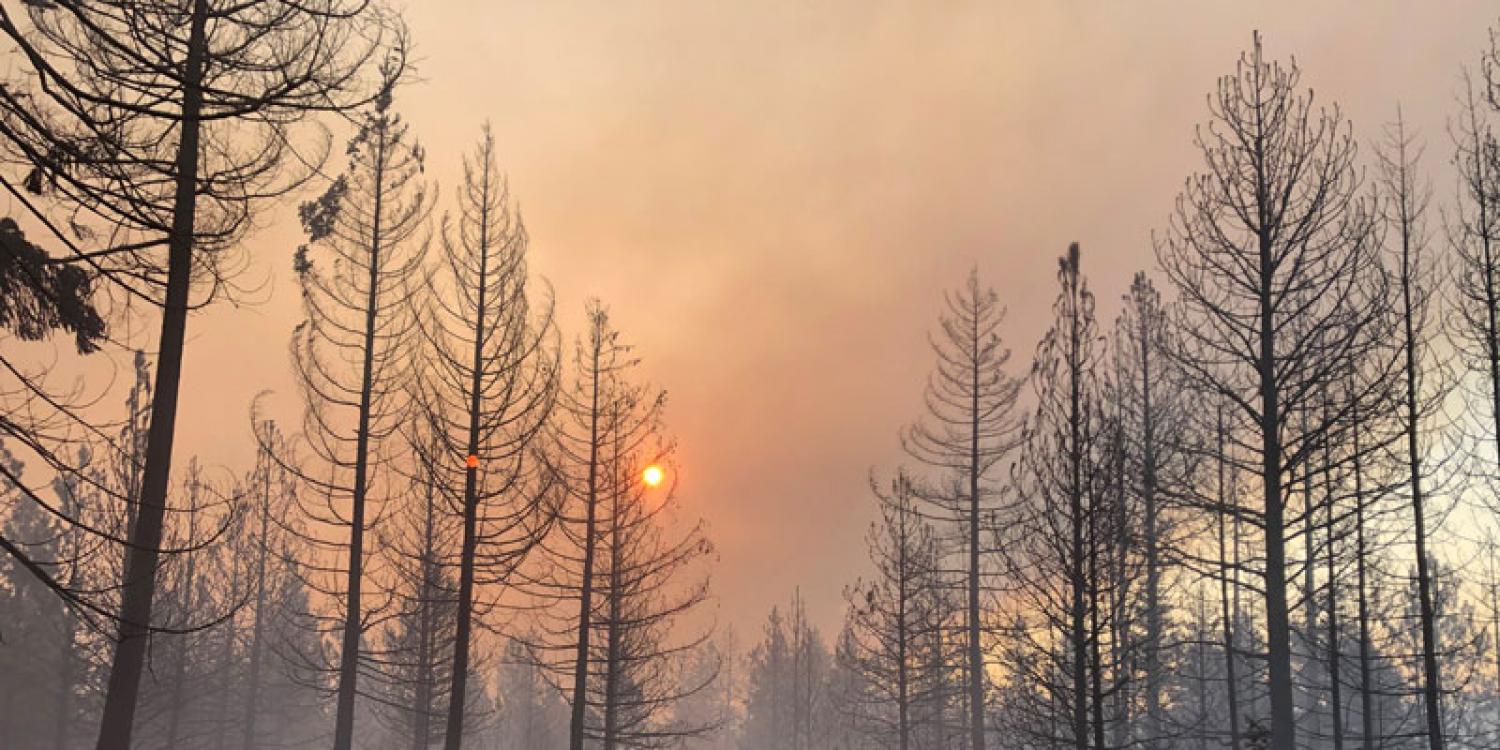
Westside Oregon landscapes that typically don’t see frequent wildfire events were hit hard by the 2020 Labor Day fires. Fueled by dry conditions and fierce east winds, the westside fires burned over one million acres and wreaked havoc on communities, economies and ecosystems. Many Oregonians were not prepared.
Oregon State University Extension’s Forestry and Natural Resources Program (FNR) quickly realized the need for post-fire resources and mobilized a team with its state and federal partners to develop and implement a post-fire recovery campaign. Led by FNR Extension’s new Fire Program, the team provided Oregonians with a listening session and a webinar series on a variety of post-fire topics. Webinar recordings were made available on the Extension website and YouTube channel and included resources specific to each topic. The webinars reached more than 6,500. Additional outreach on Facebook garnered views from 65,000 people.
A resource of note, is the After the Fire Checklist created by FNR and the Natural Resources Conservation Service (NRCS) to chart a path forward for landowners as they assess their properties. The checklist opens the door for landowners to connect with agencies for resources like funding. With an overall fire hose of information following the fires, no entities provided a central place to go for resources. The post-fire team supported the development of a one-stop shop After the Fire StoryMap that documents the 2020 wildfires and offers information and resources for property owners affected by the fires.
The StoryMap offers a range of tools and layers that allow landowners to zoom in on their property and view attributes such as burn severity. Users are then guided on how to assess their property using the map and resources provided in the StoryMap. State and federal agencies are also utilizing the StoryMap on their websites. Recognizing that some communities don’t have access to broadband, the team packaged the resources into digestible one or two pagers for each post-fire topic and distributed those to landowners through postal mailings and one-on-one contact through post-fire site visits. One participant summed up their experience, “Thank you for doing this. We want to weep, but we are so grateful to OSU, the Extension, the Fire Program for all the resources and expertise and genuine concern for all of us. Thank you!”